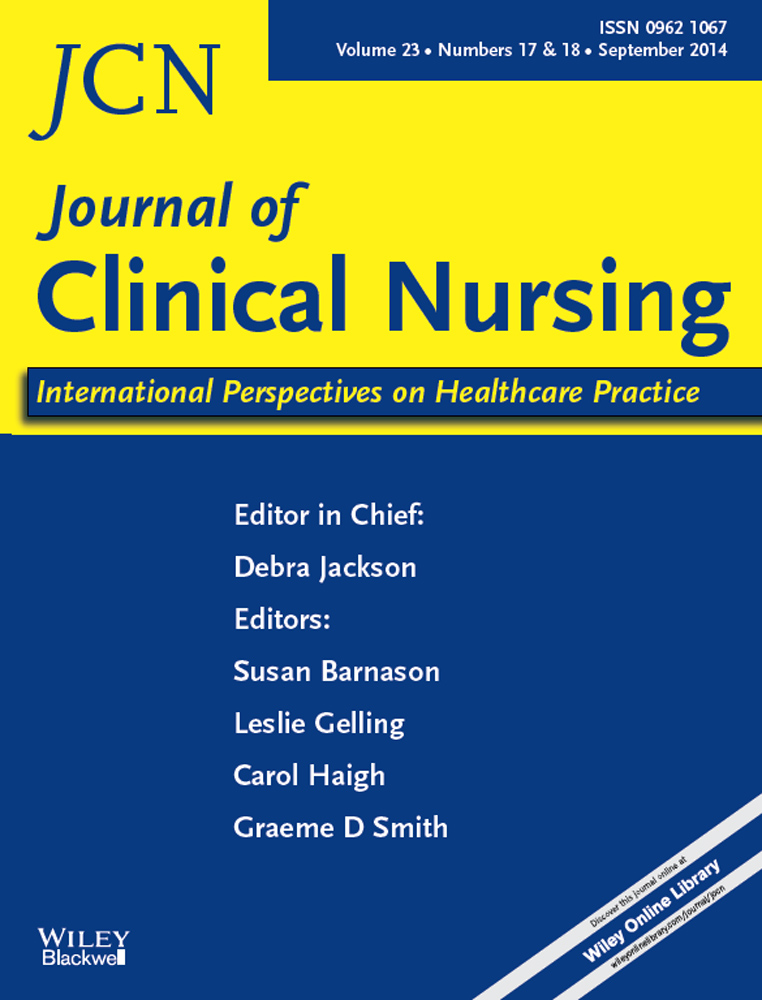Dealing with aggressive behaviour in nursing homes: caregivers’ use of recommended measures
Abstract
Aims and objectives
To identify groups of caregivers in terms of their use of measures for dealing with resident aggression and the differences between these groups related to their characteristics.
Background
Caregivers in nursing home are confronted with a major challenge when faced with the aggressive behaviour of residents. Therefore, the application of recommended measures is important in supporting caregivers and promoting safety for residents.
Design
Cross-sectional survey.
Methods
A total of 804 caregivers working in 21 Swiss nursing homes provided data. The questionnaire used was based on published recommendations regarding management of aggressive behaviour and amendments by experts.
Results
The most widely used measure aimed to calm down the resident and to understand the meaning of aggressive behaviour. Physical activities were applied by around 50% of the respondents, and interdisciplinary case reviews as well as standardised instruments for assessment and documentation were used by <50%. Caregiver characteristics such as employment level, support from superiors, institutionalised support for affected caregivers and training in aggression management are associated with their use of recommended measures. Furthermore, caregivers’ competence in empathising with the residents’ perspective in connection with their professional experience has a positive influence on applying recommended measures.
Conclusion
Caregivers use multifaceted measures in understanding the meaning of underlying aggression, but there is a certain failure to use standardised instruments. Caregivers differ significantly in the frequency of their application of recommended measures. Support from superiors and assistance for affected caregivers positively influence their use of measures, whereas training in aggression management leads to less use.
Relevance to clinical practice
Findings show the importance of support from superiors and institutionalised assistance for affected caregivers. Caregiver competence in empathising with the residents’ perspective is important in using person-centred approaches in the care of residents with aggressive behaviour.




